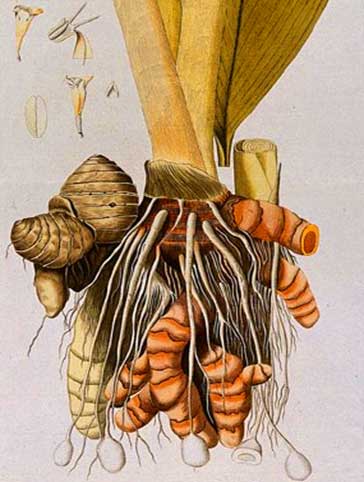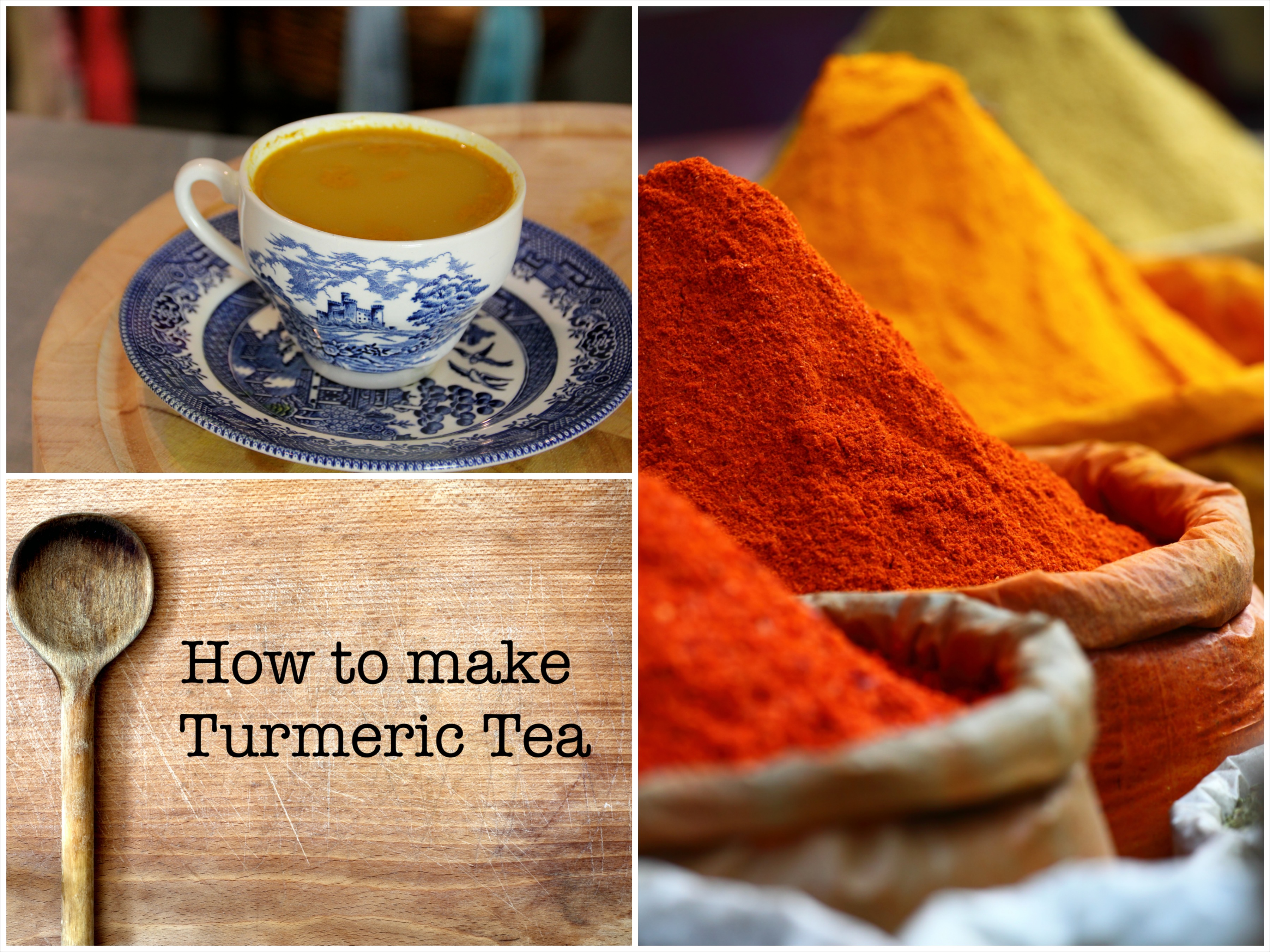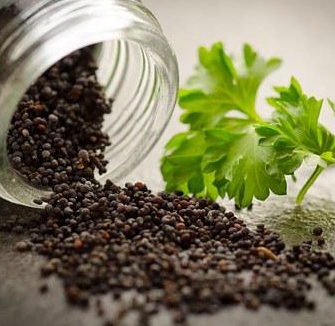Native to southern Asia, turmeric is a perennial with long bladelike leaves. The root of this plant is where the common turmeric ingredient is sourced. The rich orange flesh of the root is wrapped in a tough brown skin, concealing the sweet and warming essence.
Also known as Indian yellow ginger, turmeric is well known for its popular appearance in flavoring Asian cuisine. Regardless of its common use and reputation, turmeric is used internationally for all different purposes.
In Asia, turmeric is a commonly used ingredient in cosmetics, particularly in the formation of sunscreen. In southern India, this root is eaten raw, aiding in the digestion of fats and protein. In northern India, turmeric is used in traditional wedding ceremonies to protect the bride and groom from “the evil eye”. All the while, shepherds in Nepal anoint “the third eye” with turmeric paste before going out into the high mountains. This anointing promises protection, blessing and success.
Research on turmeric has demonsrtaed it to be a stronger anti-inflammatory than hydrocortisone, to be effective at lowering cholesterol, and increasing bile flow thereby improving the action of the liver and gall bladder leading to better nutrient absorption.
In the United States, turmeric is being researched as an antioxidant, weight loss substance, and an aid in surgical recovery.
Regardless of where you live and how you use it, turmeric is an herb rich and plentiful in its healing properties, and well worth adding into your life on a daily basis

MATERIA MEDICA: TURMERIC
Latin Name: Curcuma longa
Family: Zingerberaceae (Ginger Family)
Part used: Rhizome
Energetics: Pungent, sweet, warm, dry
Actions: Antifungal, anti-inflammatory, antioxidant, antimicrobial, antiseptic, aromatic, choleretic, circulatory stimulant, hepatotonic, hypoglycemic, stimulant, vulnerary and more!
Uses:
- Arthritis
- Asthma
- Bloating
- Cancer
- Common Colds
- Flatulence
- Flu
- Elevated Cholesterol
- Jaundice
- Nausea
- Uterine Tumors
Preparation and Dosage
Powder – turmeric is effective only at higher doses and the easiest way to get this is in powder form. You can cook with it, add it to smoothies, or mix it into honey and eat it by the spoonful. 1 tsp 3 times a day.
Capsules – the other way to get a good high dose is to take a capsule of either the dried herb or an extract
Safety considerations:
If you have a known allergy or hypersensitivity to turmeric or plants in the Zingerberaceae family, avoid utilizing this herb. Also, avoid therapeutic doses of this herb during pregnancy. Consumption of turmeric can cause photosensitivity and contact dermatitis to some individuals, although it is rare.

TURMERIC TEA RECIPE
Besides adding it to your food, this is a favorite way of ours to get more turmeric into your life.
Ingredients:
~ 1 tbsp Turmeric Powder
~ 1 tsp Cinnamon Powder
~ 1 tsp. Ginger Root Powder
~ 1 tiny pinch of black pepper (if you’re feeling adventurous)
~ Honey to taste
~ Optional: milk of some kind (we love to use coconut milk in ours)
Directions:
~ Place all of the herbs into a large mug and add just boiled water.
~ Add a dash of cream/milk/coconut milk/ghee/coconut oil/etc. and honey to taste
~ Stir and drink warm!
You will probably need to keep stirring this as you drink it as the powders tend to settle to the bottom of the cup.
Also note, Turmeric stains so be cautious with it, in fact your mouth will probably be yellow afterwards.


